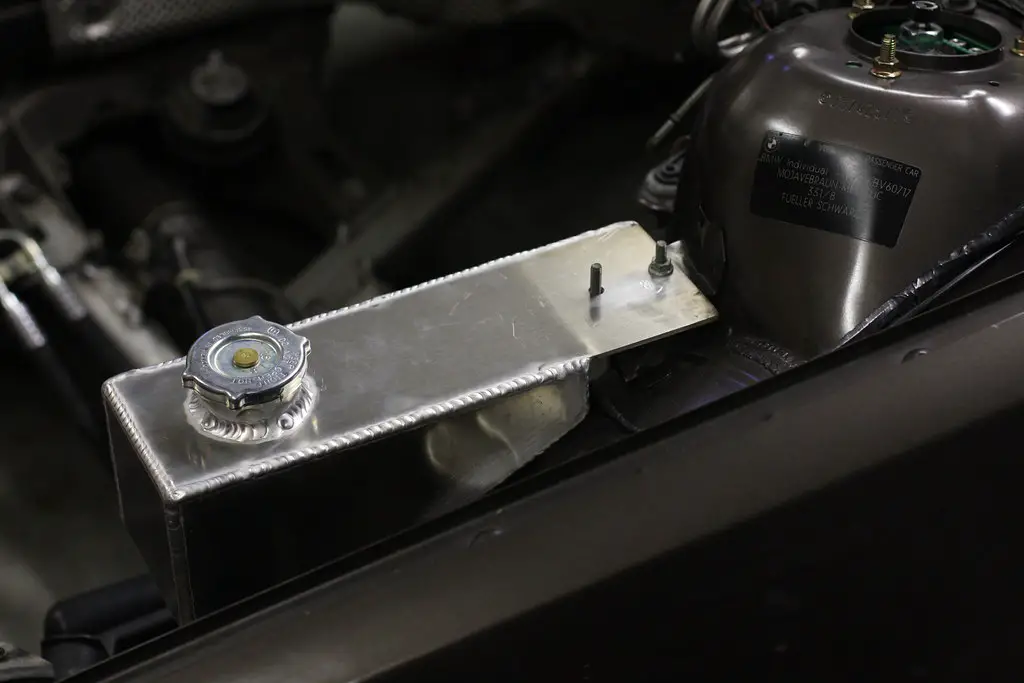As a beginner or an automotive enthusiast, it’s important to have a grasp of the key components that keep your car running smoothly. One such vital element is the coolant reservoir. In this article, we’ll delve into the significance of engine coolant, the role of the coolant reservoir, and how to diagnose and address issues related to it.
Importance of Engine Coolant
Engine coolant, often referred to as antifreeze, plays a critical role in maintaining your car’s engine at the right temperature. It effectively transfers heat from the engine block to the radiator, preventing overheating and ensuring the engine’s longevity. Unlike water, coolant’s superior heat transfer properties prevent cracks in the engine block caused by excessive heat or cold. It can withstand temperatures ranging from -34°F to +265°F, making it an indispensable component.
Understanding the Coolant Reservoir
The coolant reservoir is a white plastic tank located in the engine bay, usually on the front left or right side near the radiator. Its primary purpose is to relieve excess pressure from the cooling system, preventing potential damage. The reservoir also allows you to monitor coolant levels easily. Although the plastic may develop an orange tinge over time, you can still check the level through the cap hole.
Common Issues and Their Symptoms
- Visible Low Coolant Level: If you notice that the coolant reservoir appears low or completely empty, this is a clear sign that your coolant is running low.
- Overheating Engine: An engine temperature gauge pointing towards the high end or a warning light indicates inadequate coolant circulation, resulting in engine overheating.
- Coolant System Leaks: Puddles or stains beneath your car, especially with colored hues like green, pink, or orange, could signify a coolant leak.
- Steam from Under the Hood: Steam emerging from under the hood indicates an overheating engine due to insufficient coolant.
- Heater Malfunctions: A malfunctioning heater that blows cold air could be a result of low coolant circulating through the heater core.
- Sweet Smell from the Engine: The distinct sweet odor of coolant is a strong indication of a coolant leak.
- Radiator Hoses Collapsing: A rare symptom, it’s caused by significantly low coolant levels resulting in decreased internal pressure.
Diagnosing and Resolving Issues
If you find your coolant reservoir empty, several steps can help address the problem:
- Monitor Coolant Levels: Regularly check coolant levels and maintain the proper 50/50 mixture of coolant and water. Avoid diluting coolant concentrations further.
- Address Leaks: Check clamps, hoses, water pump, and radiator for leaks. Replace worn components and consider professional inspection.
- Bleed Air: Fluctuating coolant levels without visible leaks could be due to trapped air in the cooling system. Bleeding or burping the system can help.
- Check the Radiator Cap: If the radiator remains full while the reservoir is empty, inspect the radiator cap for damage or malfunction. Replace if necessary.
Remember, your car’s cooling system is essential for proper functioning. Neglecting coolant reservoir issues can lead to severe engine damage. If you encounter persistent problems or aren’t comfortable diagnosing the issue, it’s wise to seek professional assistance. Maintaining your vehicle’s cooling system ensures its longevity and reliability, contributing to safe and enjoyable journeys on the road.


